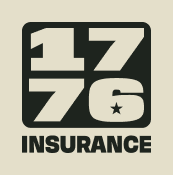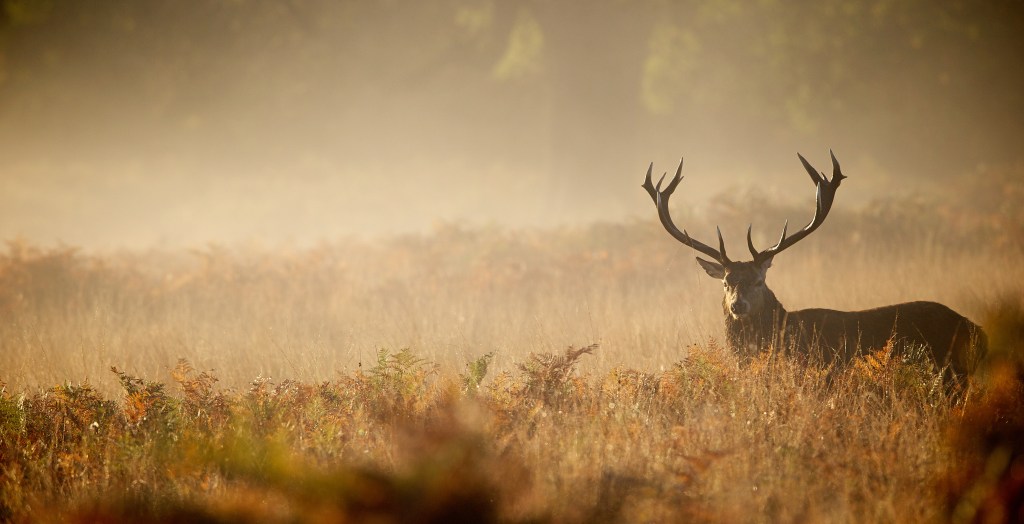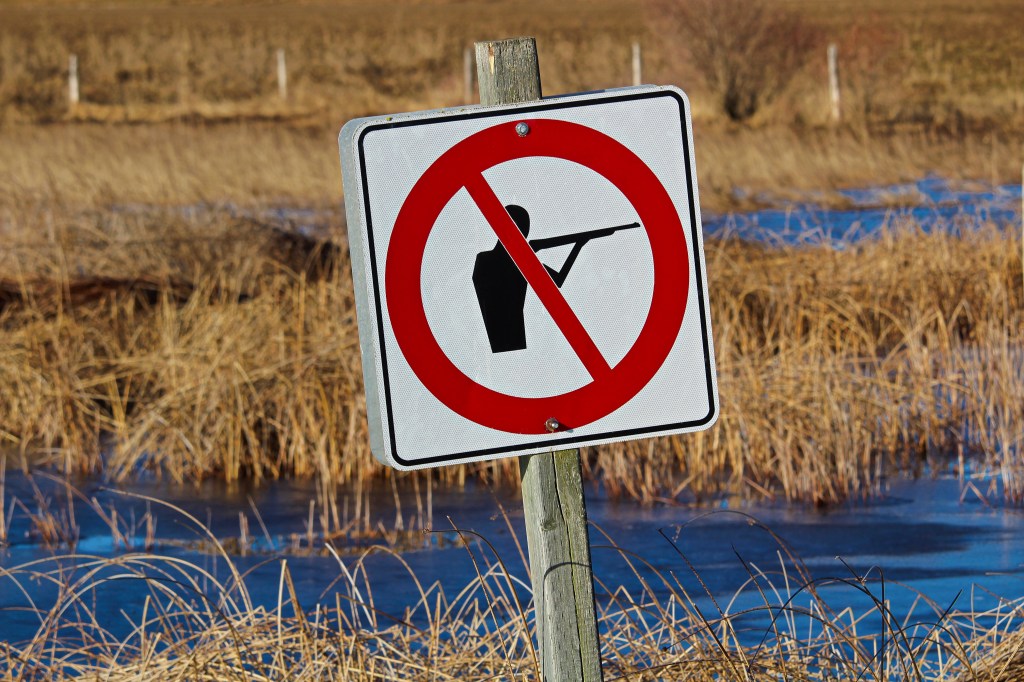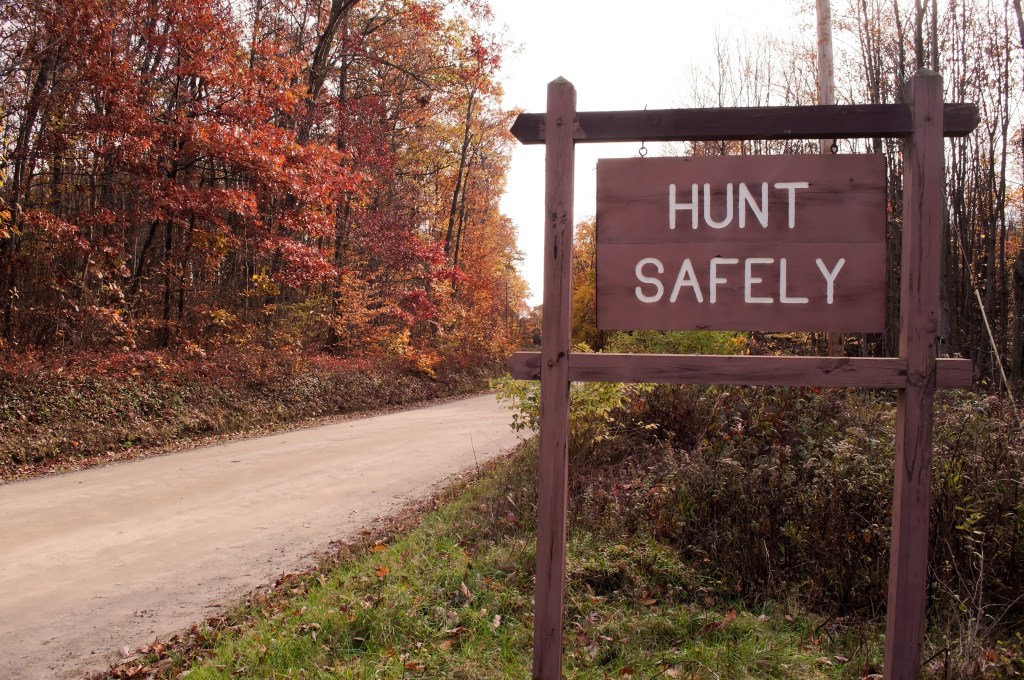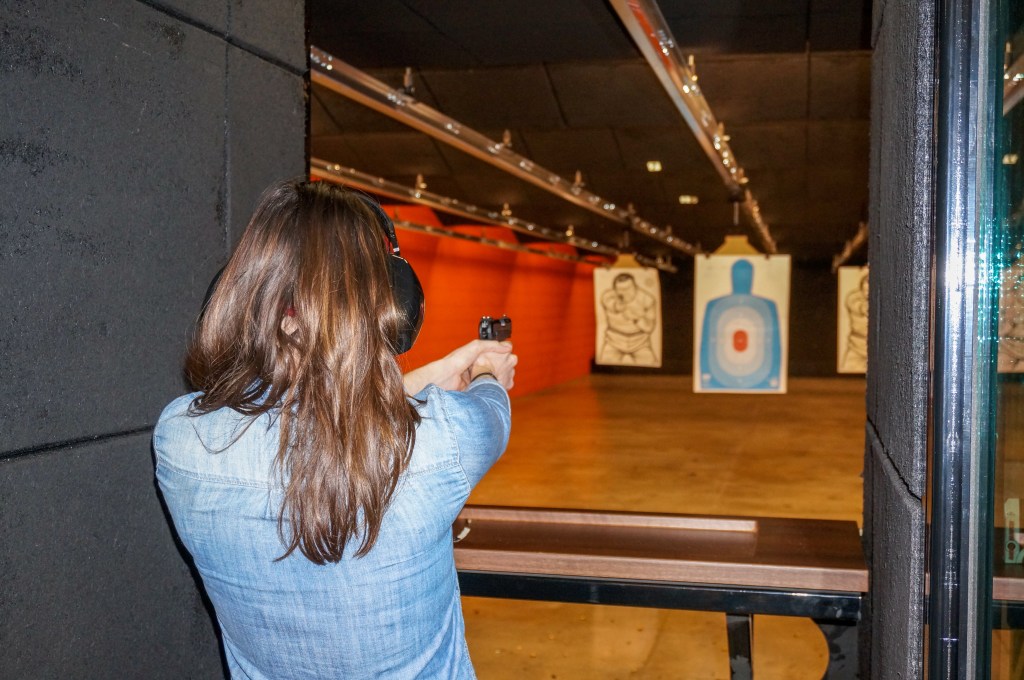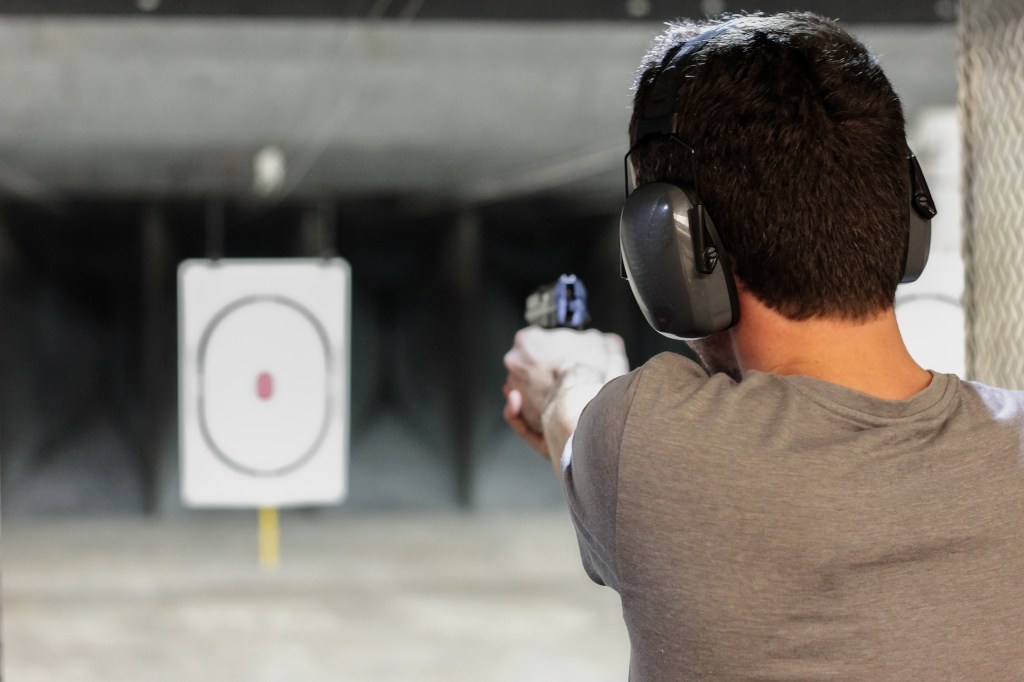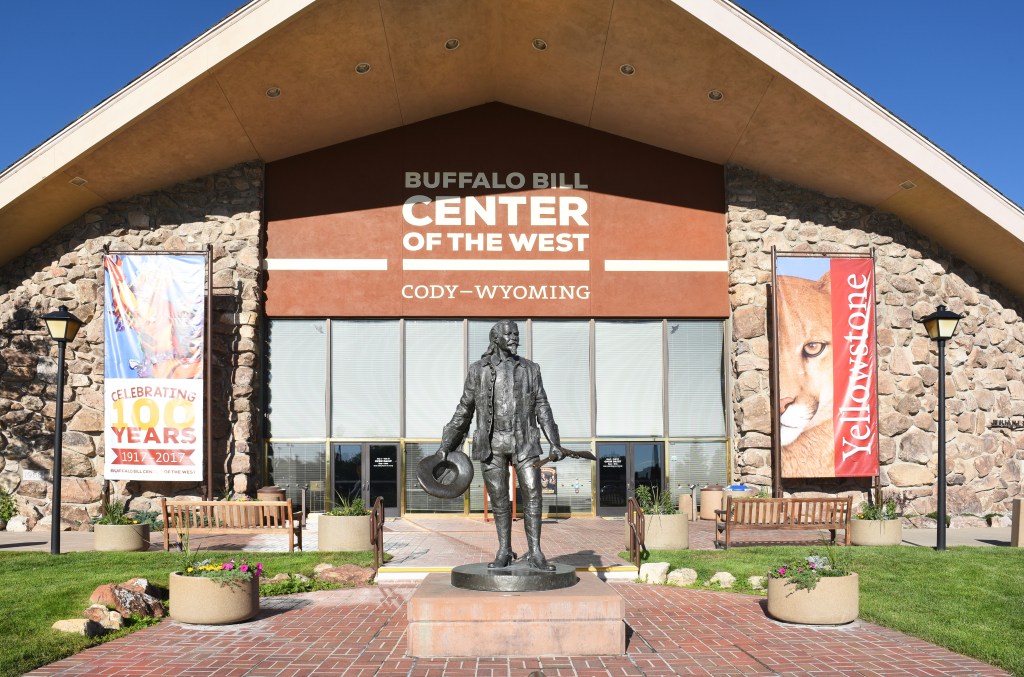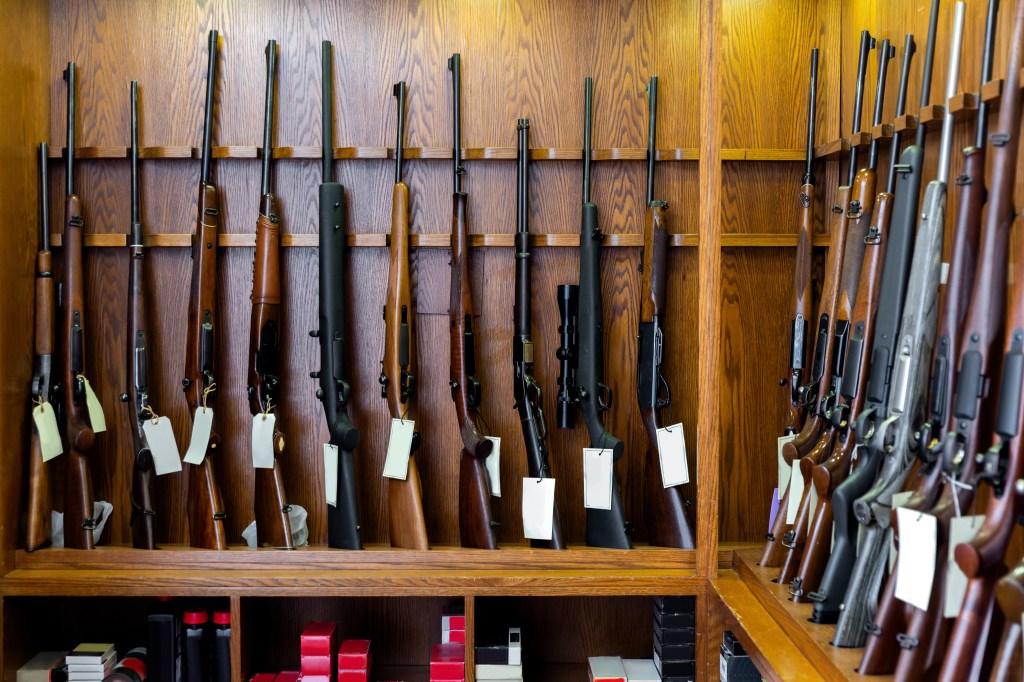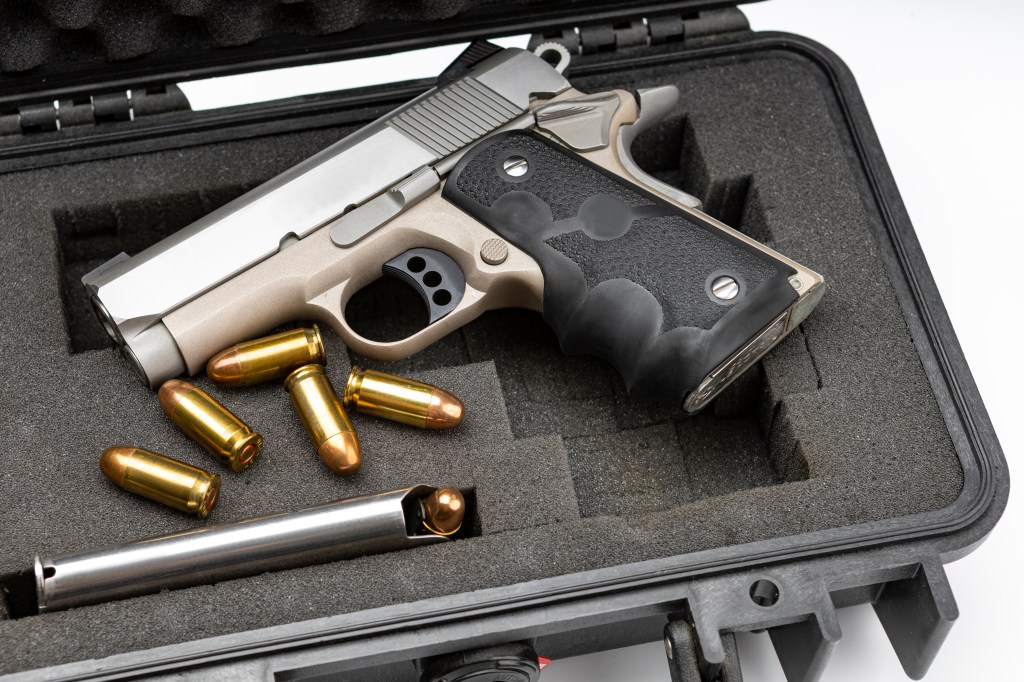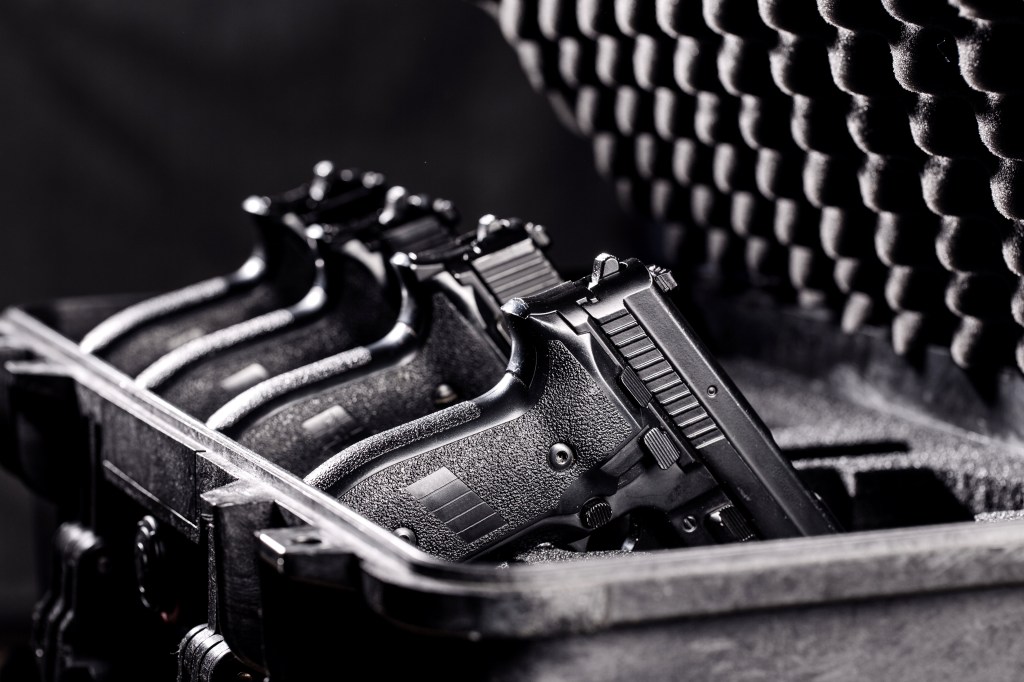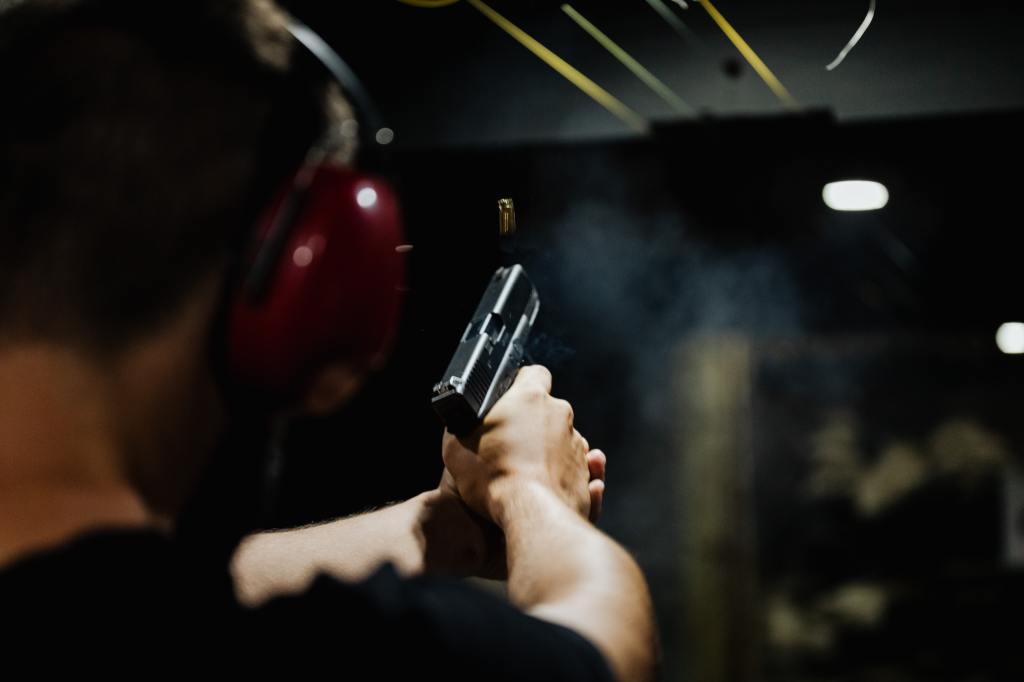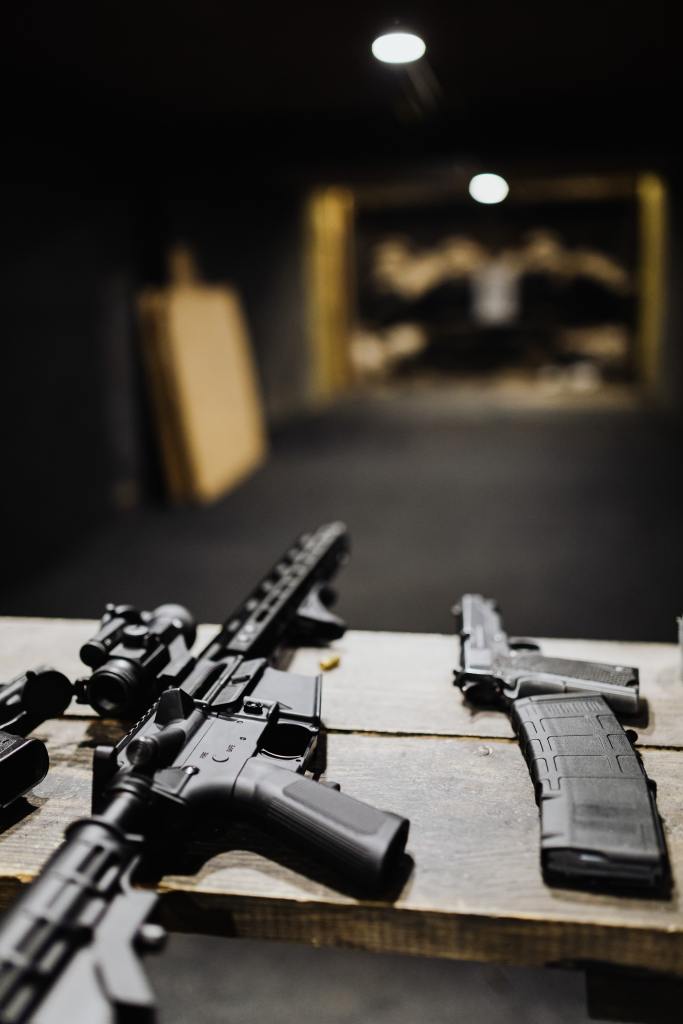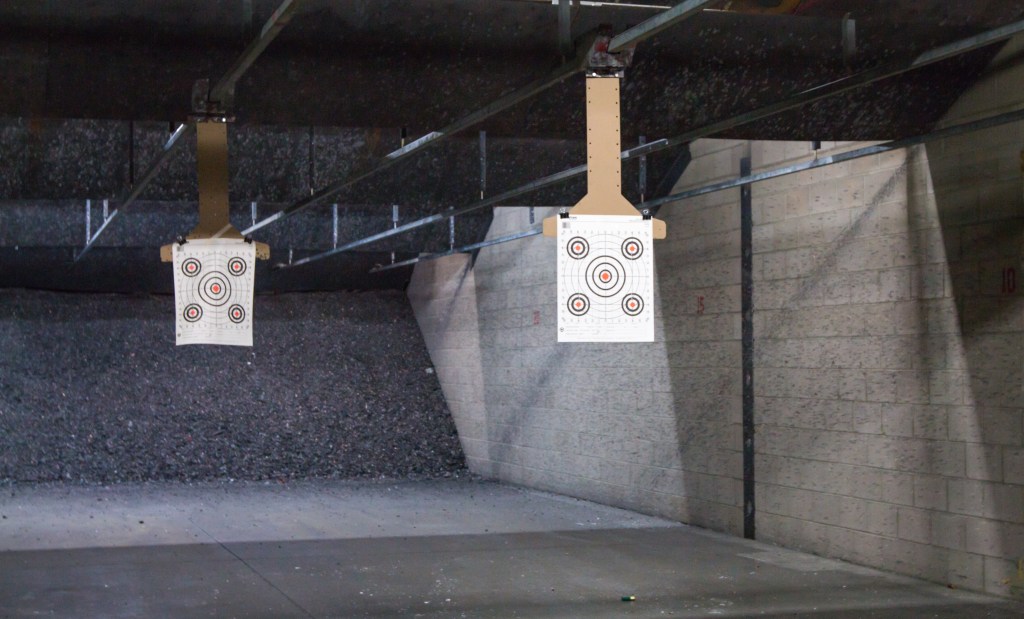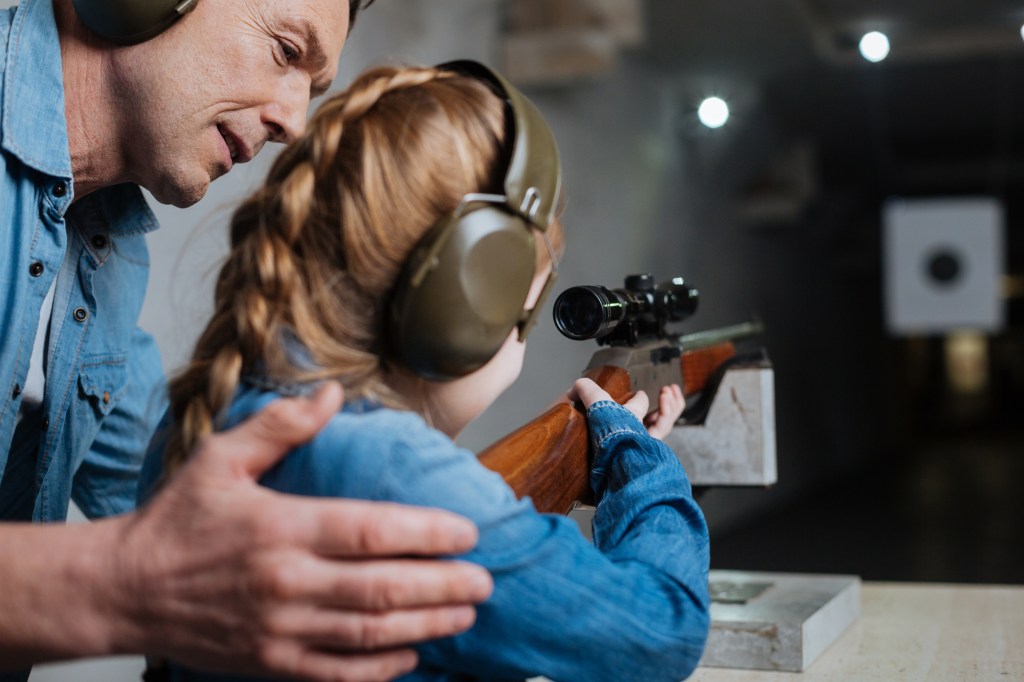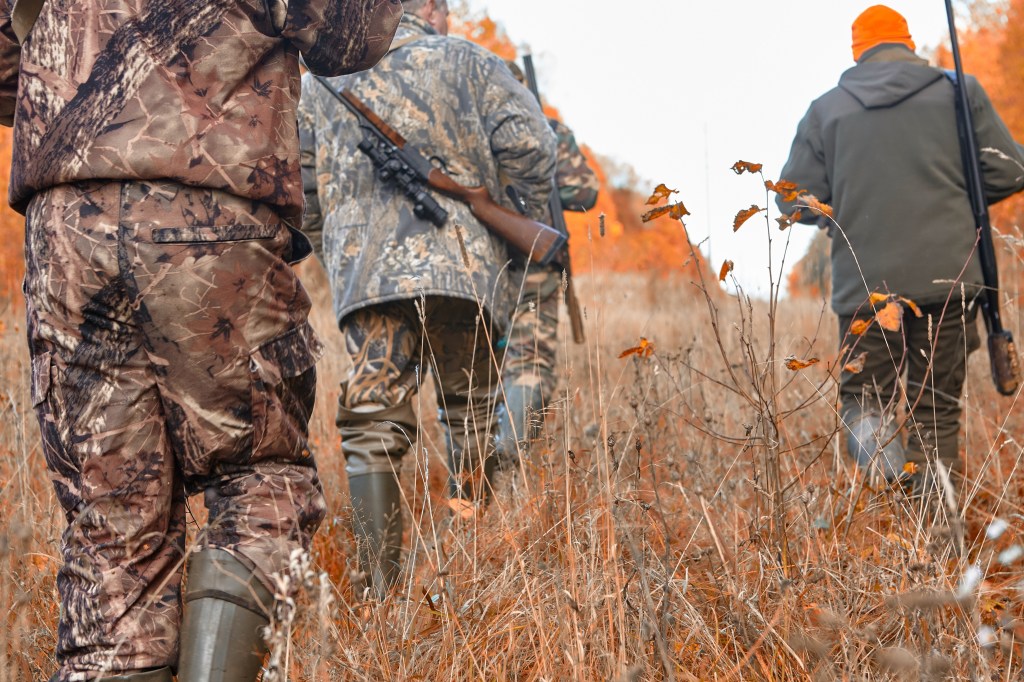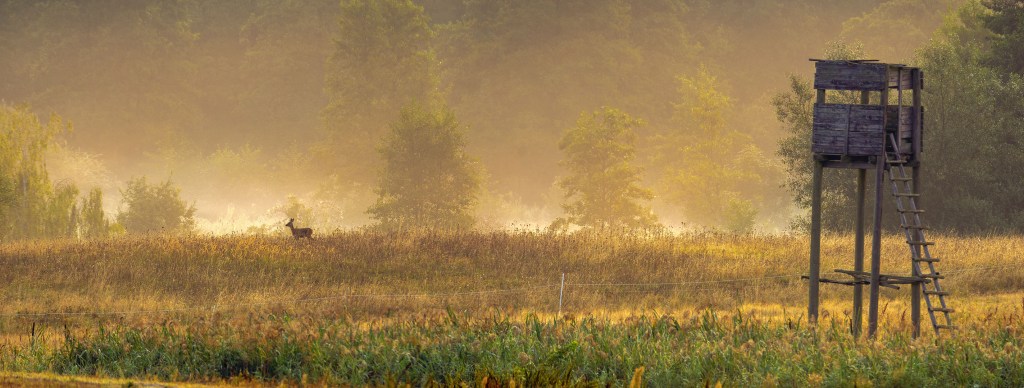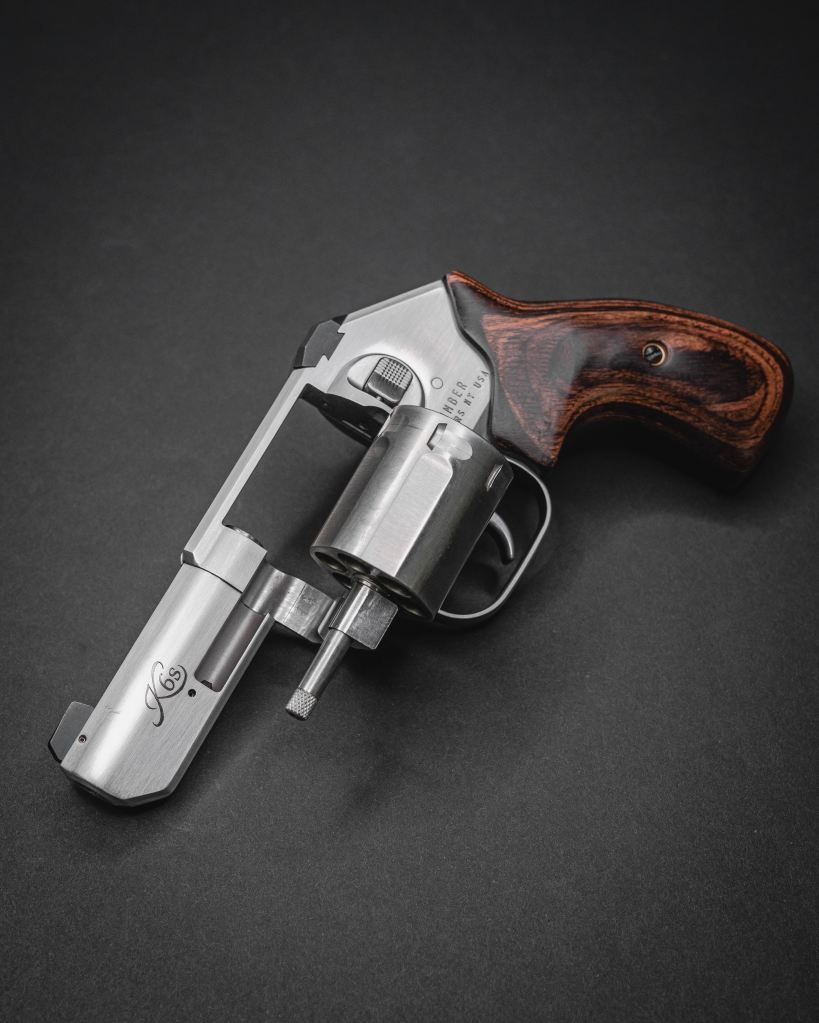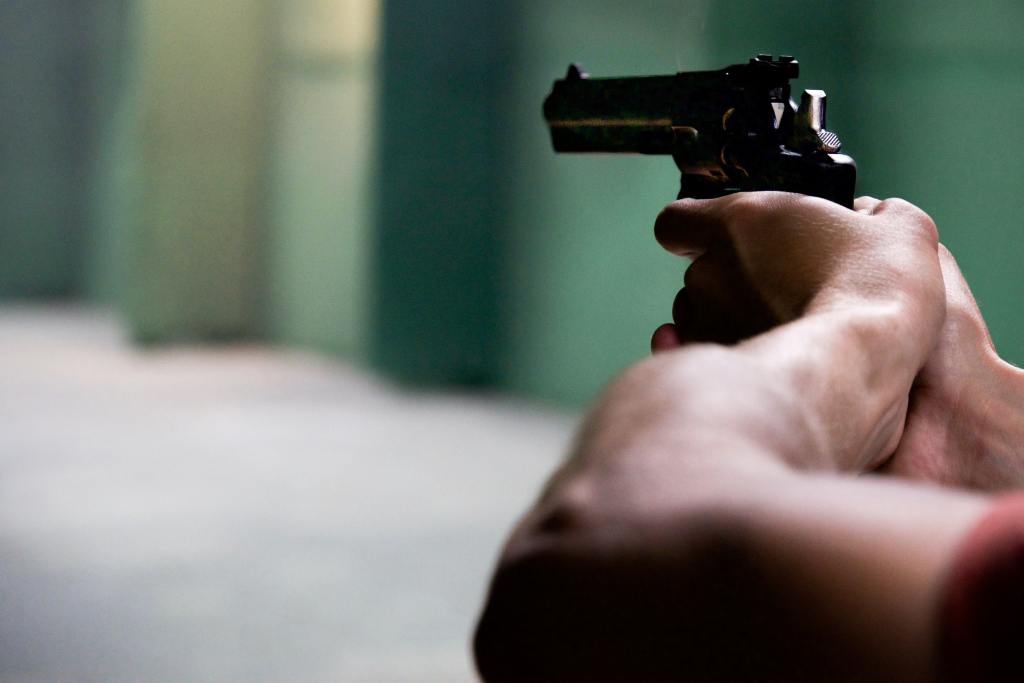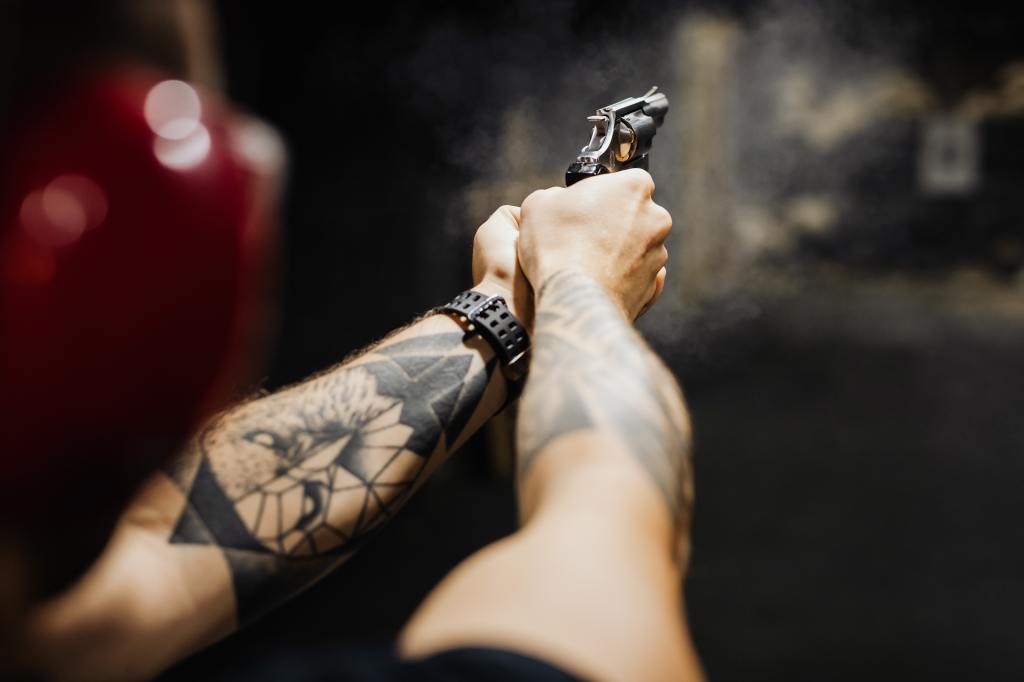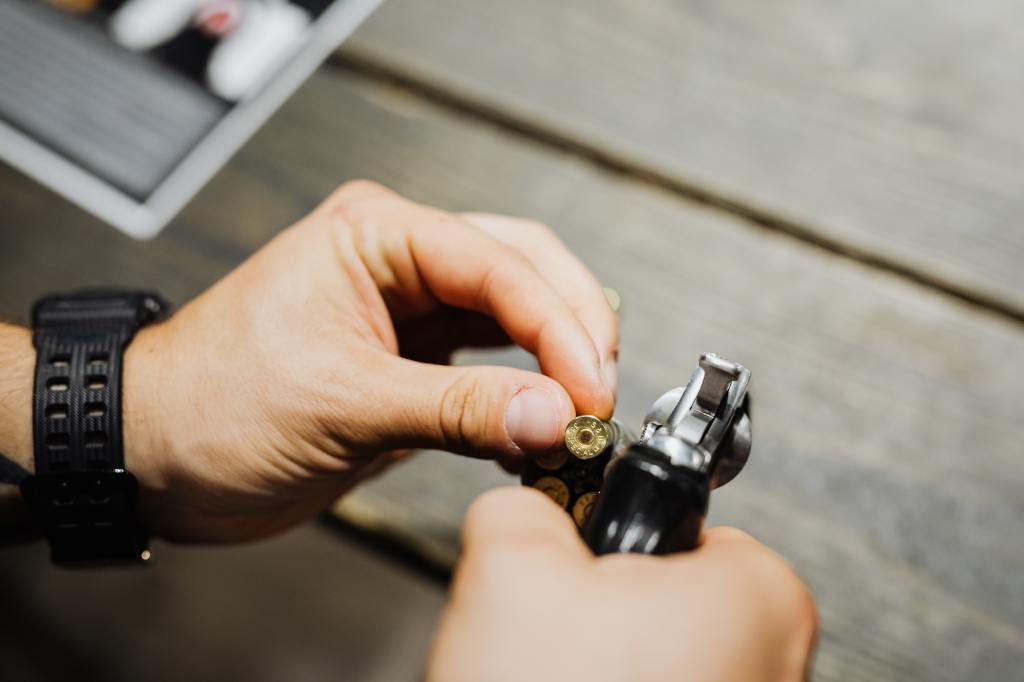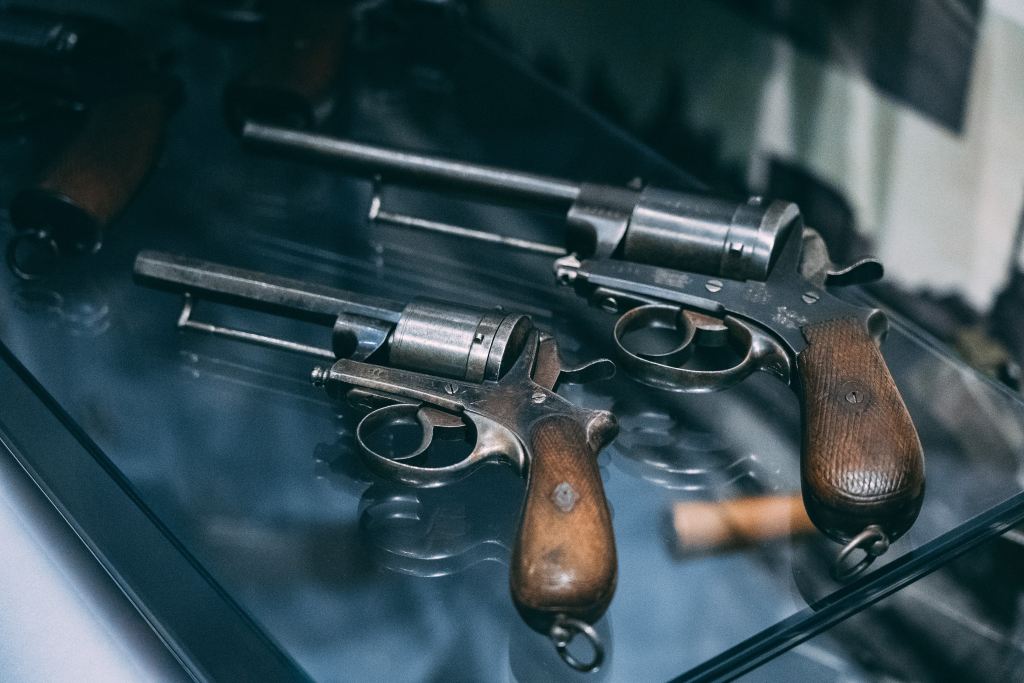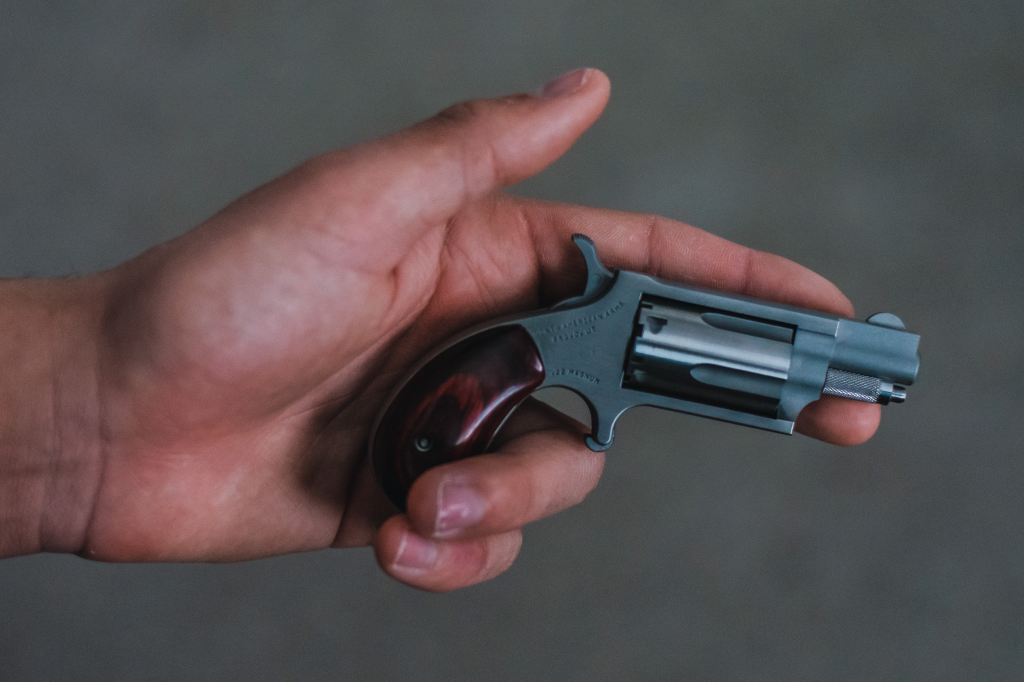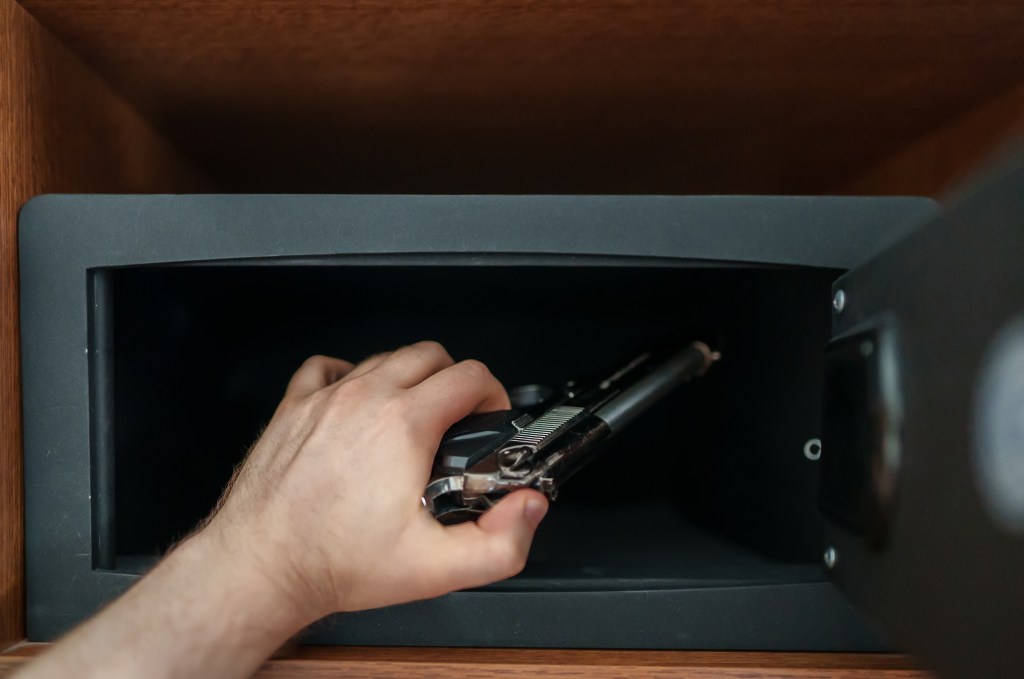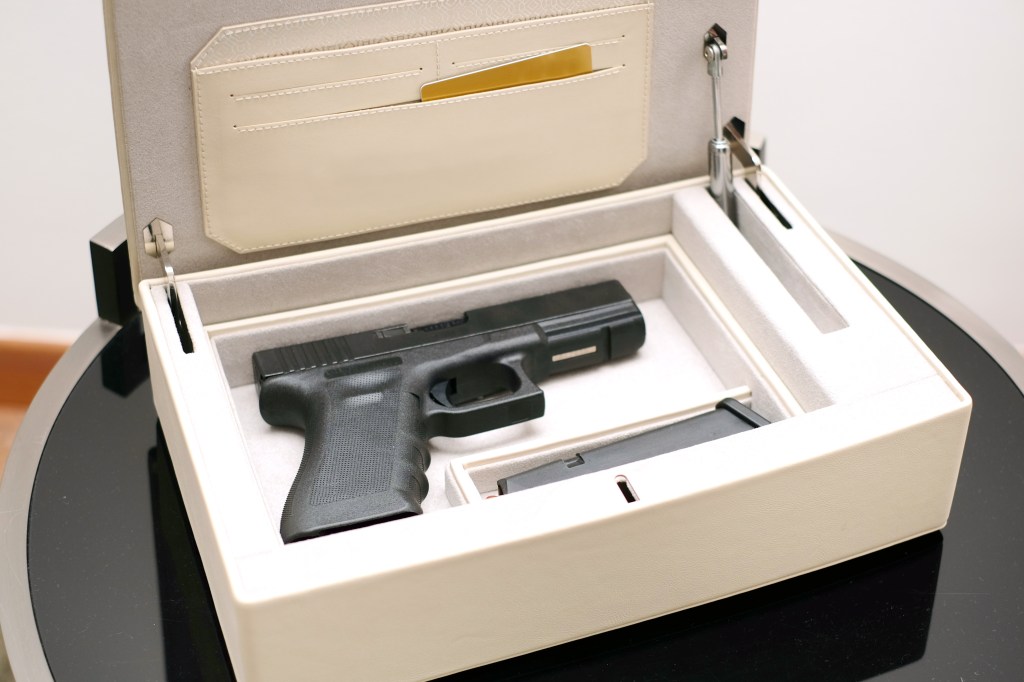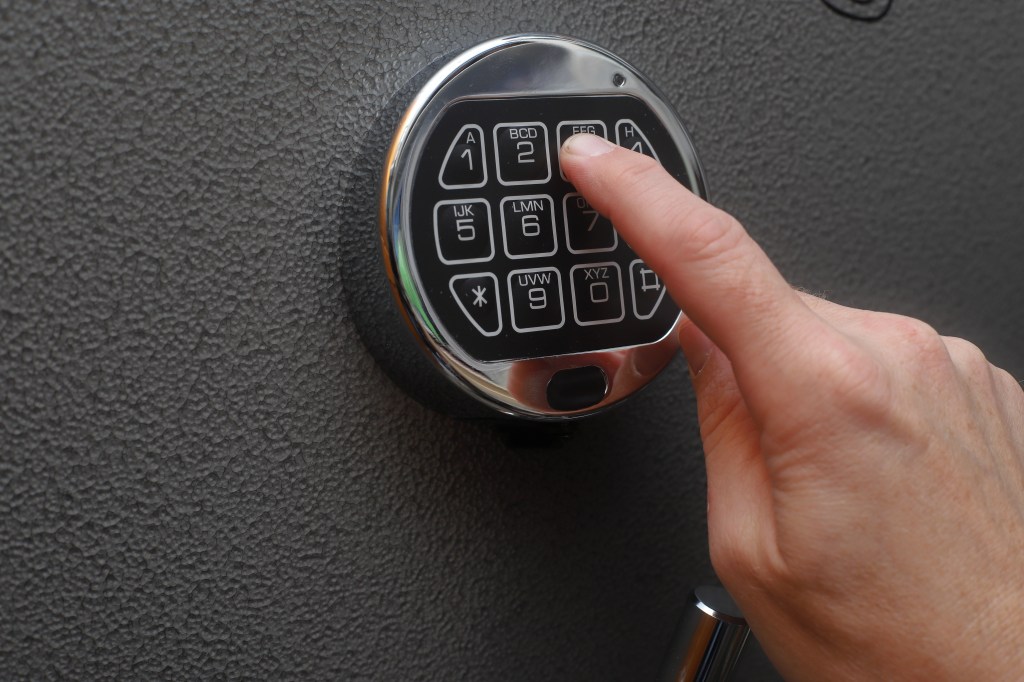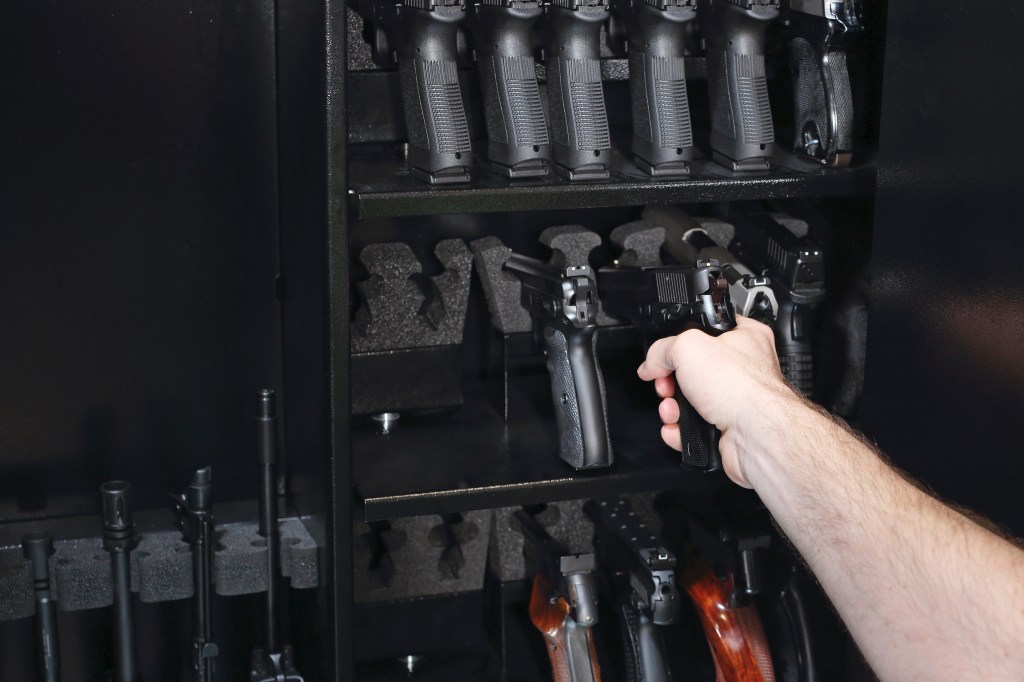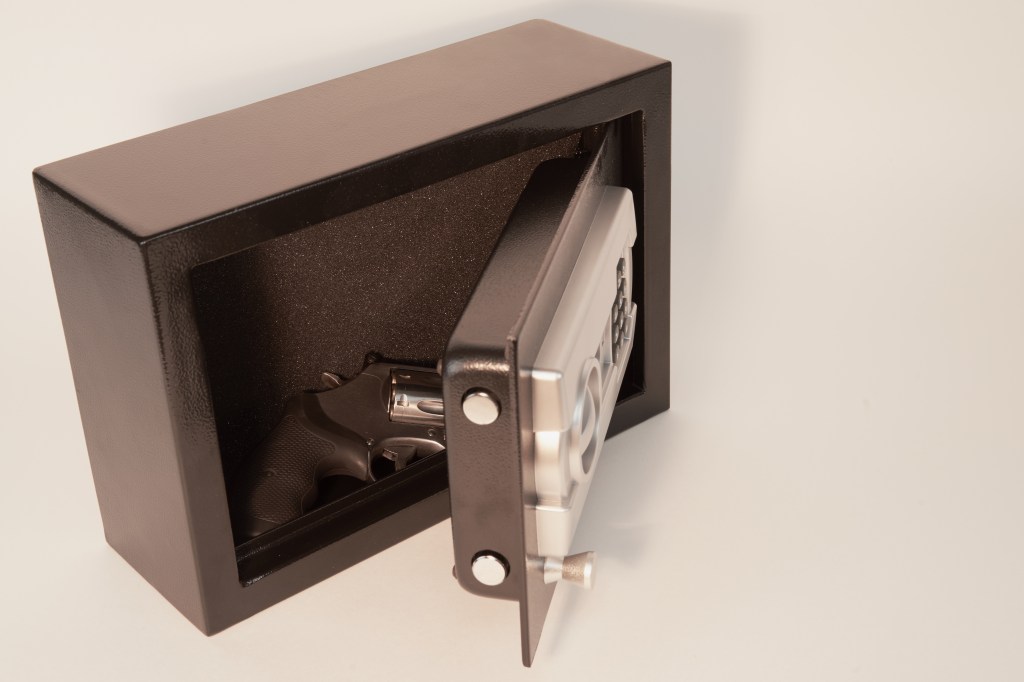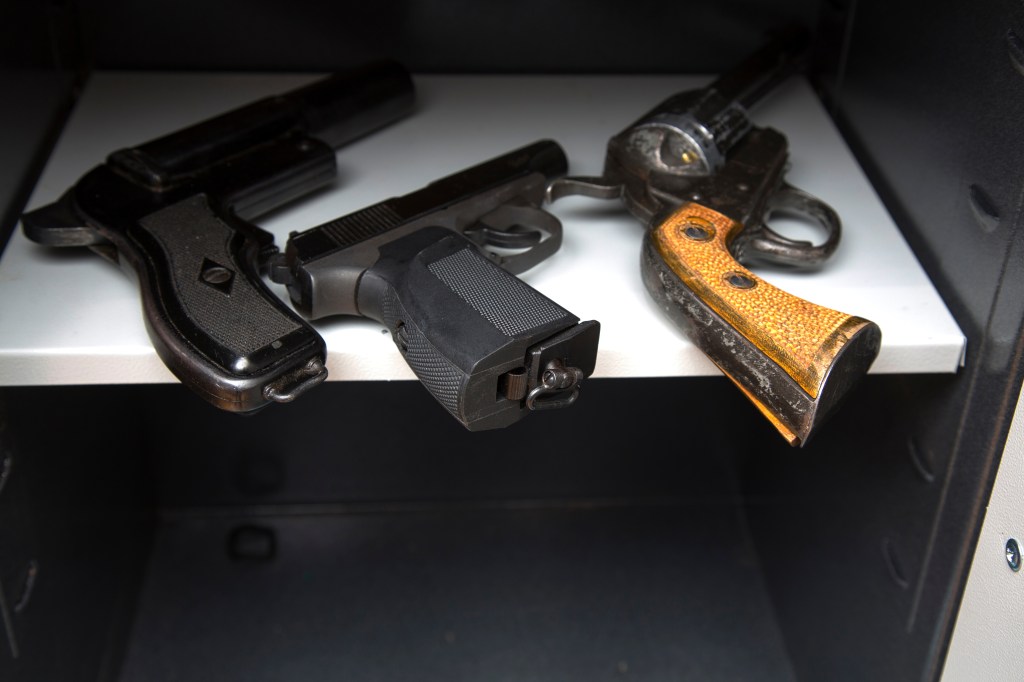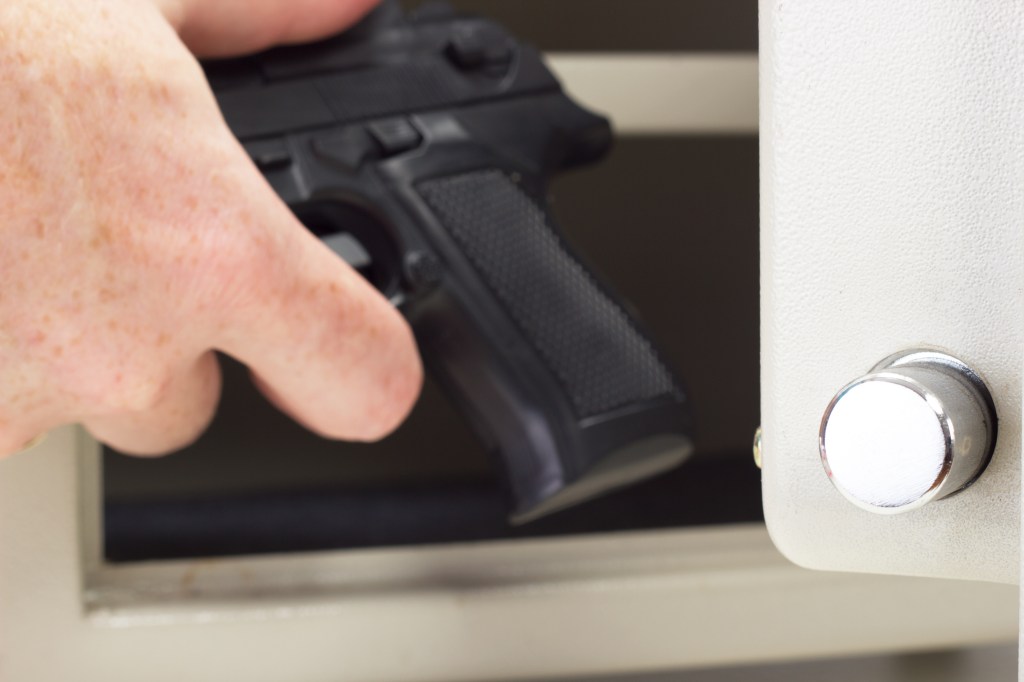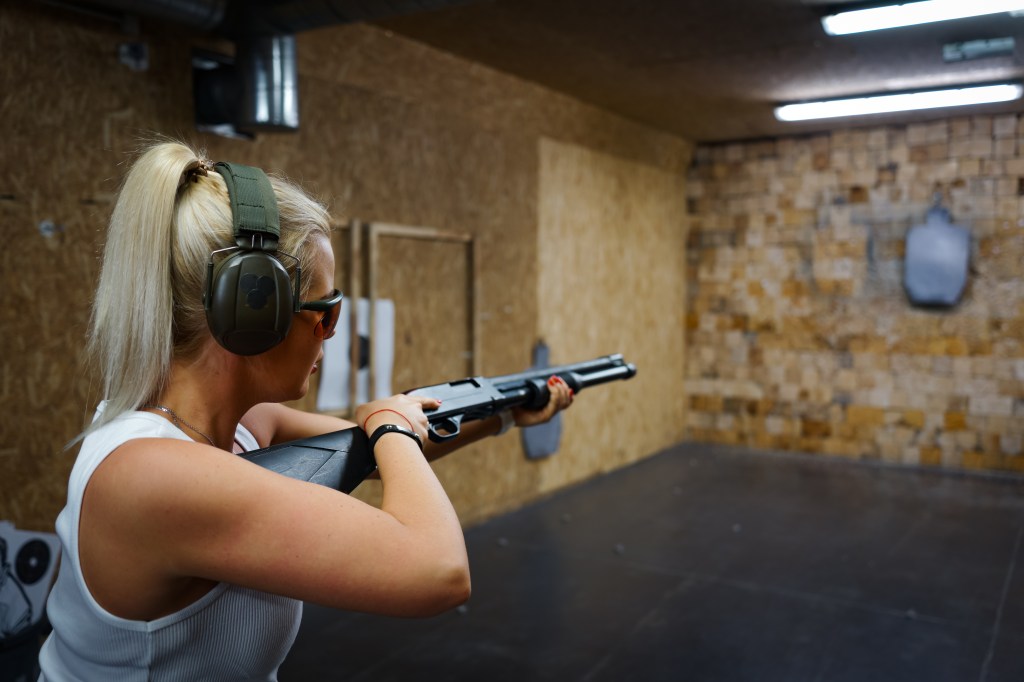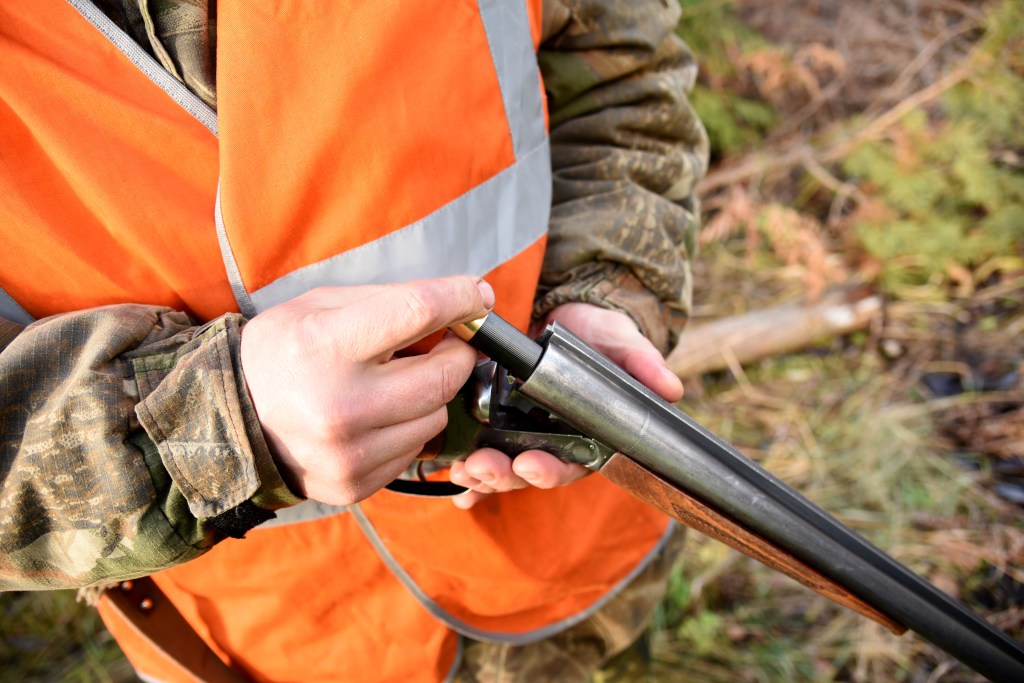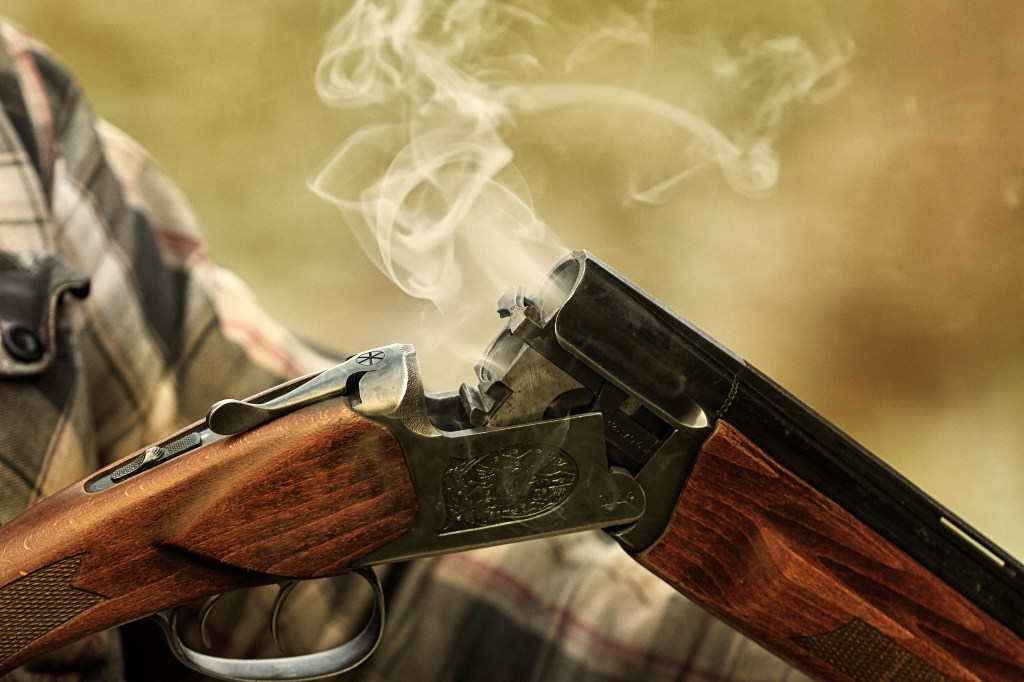Firearms are more than just weapons. Often, they can become a pop culture symbol, especially when they make repeat appearances in television and film. Guns have been appearing in films since the movie industry began, and with that comes a rich history, as well as many associations with different type of iconic firearms.
Read on as we explore the most common guns that appear in films, some myths that tv and movies can perpetuate about guns, the difference between prop guns and real guns, and much more!

Firearms in Film: From Holster to Hollywood
Guns that appear in movies often reach the level of becoming iconic. For example, there are different styles of guns that we associate with westerns, gangsters, and assassins. Movies have been depicting characters with guns since they beginning of film history, and over the years the we’ve seen everything from the Beretta to the AK47 on the Hollywood silver screen.

Lights, Camera, Firearms: The Most Common Guns in Movies
There are certain guns that seem to make appearances in various Hollywood films time and time again. Read on to learn about the top ten guns that have commonly made appearances in American pop culture.
The Desert Eagle
This popular gun has made appearances in “The Year of the Dragon”, “Commando”, and “The Last Action Hero.” It has appeared in over 500 tv shows and films.
The Smith & Wesson Model 29
This weapon was popularized in contemporary culture by Clint Eastwood in the film “Dirty Harry.” The film made this gun iconic!
The Heckler and Koch MP5
This German submachine gun often shows up in movies where people are shooting at terrorists.
The M4/M16
This gun is associated with the American military, and has become symbolic of the American soldier.
The AK47
This rugged weapon often makes appearances in films, including “Heartbreak Ridge,” starring Clint Eastwood.
Beretta Model 92
In the 1980s, Bruce Willis used this gun in “Die Hard”, Mel Gibson used one in “Lethal Weapon”, and Chow-Yun-Fat used two in “A Better Tomorrow”, making this weapon a cultural phenomenon.
M134 Minigun
This gun has made an appearance in many a modern action movie and video games.
Colt Detective Special
This classic Colt model has made appearances in “White Heat”, “The Big Sleep”, and “The Godfather.”
Colt Peacemaker
This gun has become synonymous with the American cowboy in many western movies.
Walther PPK
This firearm is known in popular culture for it’s association with spies and the secret service.
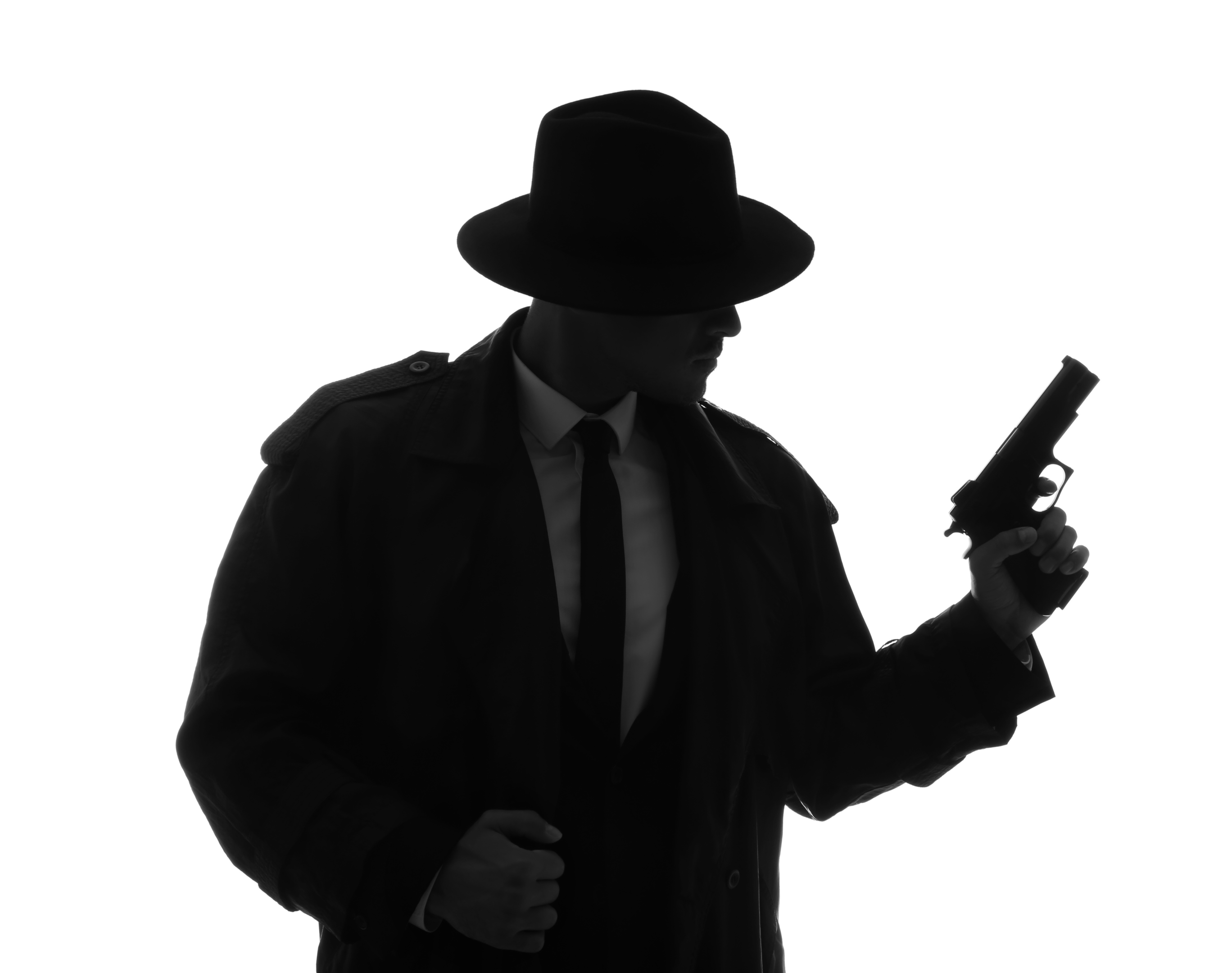
Pop Culture Gun Myths vs. Reality
When it comes to guns and their portrayal in pop culture, sometimes what you see on TV doesn’t reflect reality. Let’s explore some common gun myths perpetuated by television and movies, as well as what the reality actually looks like.
Myth: People get sent flying backward when they are shot
In many movies, you’ll see the bad guy flying backward after being shot with a gun. This cinematic trope is simply meant to add drama to a film. In reality, a bullet is too small and doesn’t have enough momentum to send anyone flying. In fact, if a bullet had that much force, then the recoil of the gun would cause the shooter to fly in the opposite direction.
Myth: A dropped gun will be caused to fire
Many people are nervous about their guns firing after accidentally dropping them, but this is nearly impossible. In order for this to happen, there would have to be a mechanical failure in the gun, which isn’t very common.
Myth: Bullets always spark when fires
While sparks can add a dramatic effect to gun scenes in pop culture movies, they do not occur in real life when a gun is fired. Occasionally steel ammunition could spark, but this is very uncommon.
Myth: A rifle can be shot right after assembly
Often in films, you’ll see a shooter open their case and put together a sniper rifles, taking immediate aim at their target and shooting them. In reality, the gun needs to be sighted after assembly, so immediately shooting someone would not be possible.

From the Wild West to Outer Space: Fictional Firearms from Sci-Fi Features
While many movies depict actual firearms, sci-fi movies tend to go for a more futuristic look for their weapons. Still, the weapons must be inspired by something!
Star Wars
In Star Wars, the rifles that were used by the Rebel Alliance at the Battle of Hoth were based on a German assault rifle called the StG 44. Han Solo fires a DL-44, based on the Mauser C96 “Broomhandle.”
Star Trek
In Star Trek, you’ll find guns such as Colt Single Action Army models and the Colt Model 1878. Star Trek was pitched as a western set in outer space, and the weapons used are reflective of this.
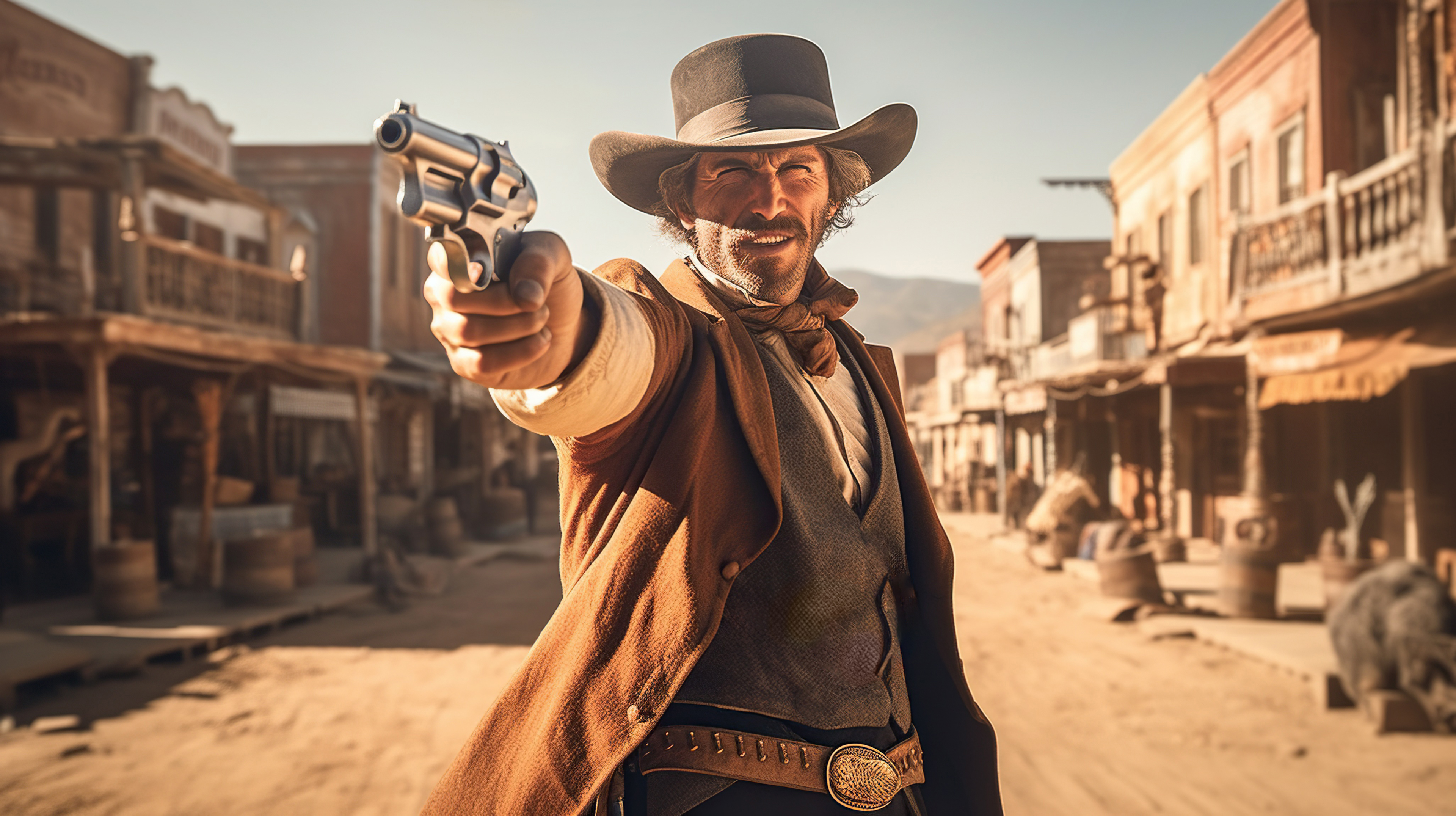
The Tommy Gun’s Impact on U.S. History: Lights, Camera, Action!
The Thompson submachine gun, also known as the Tommy Gun, is an iconic weapon that has had an impact on cinema, and on American history. The gun was created by General John T. Thompson during World War I, intended as a trench busting tool. The Tommy Gun featured a compact design and a high fire rate. It was the perfect gun for close-quarters combat.
World War I ended before this gun could be mass-produced for the military. In the following few years, the manufacturer decided to sell the Tommy Gun on the civilian market, targeting law enforcement agencies, ranchers, and private security firms. The high price of this weapon contributed to it’s poor commercial success.
However, the tide began to turn in the 1920s, when the Mafia become more prominent. Prohibition led to an underground market for alcohol. This forbidden trade let to confrontations between gangs, and the Tommy Gun came to be viewed as the ideal weapon for these confrontations.
The popularity of the gun led to one of the first gun laws, the National Firearms Act of 1934, which made it impossible for civilians and gangsters to legally get their hands on a Tommy Gun.
Today, the familiar silhouette of the Tommy Gun is synonymous with the American gangster in a Hollywood film. This gun appears in films such as “The Public Enemy” (1931), “Scarface” (1932), “The Untouchables” (1987), and “Road to Perdition” (2002).

FAQ
Why are certain guns more commonly used in movies and TV?
Guns are used in movies and TV for dramatic effect, as well as for their iconic status.
Sources
https://thehubaz.com/blog/debunking-pop-culture-gun-myths/
https://www.shootingillustrated.com/content/top-ten-guns-of-american-pop-culture/
https://centerofthewest.org/2022/08/18/firearms-pop-culture/
